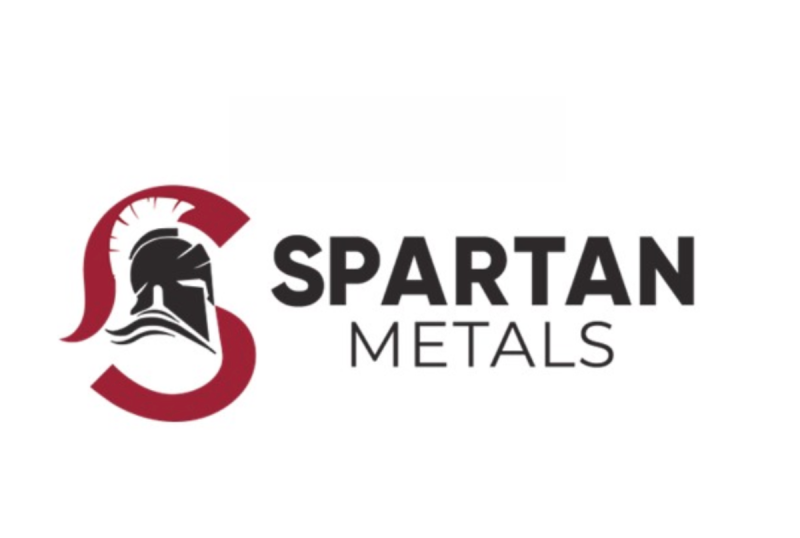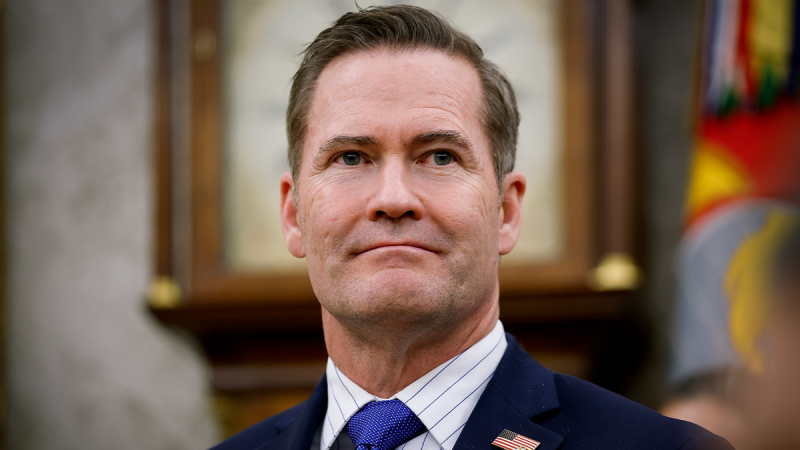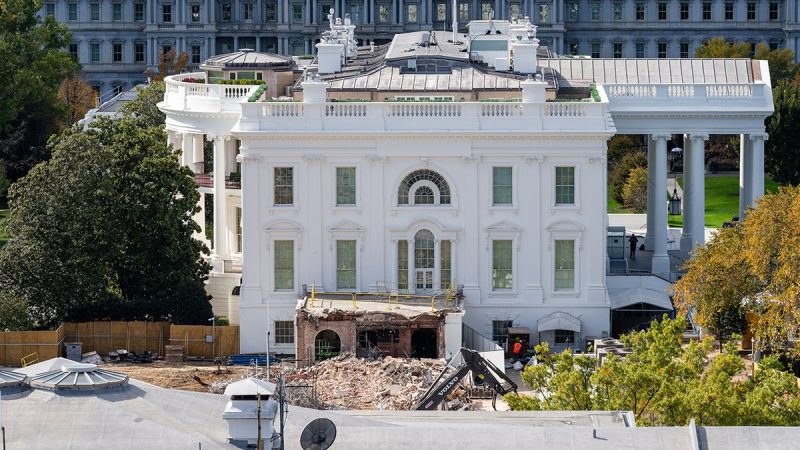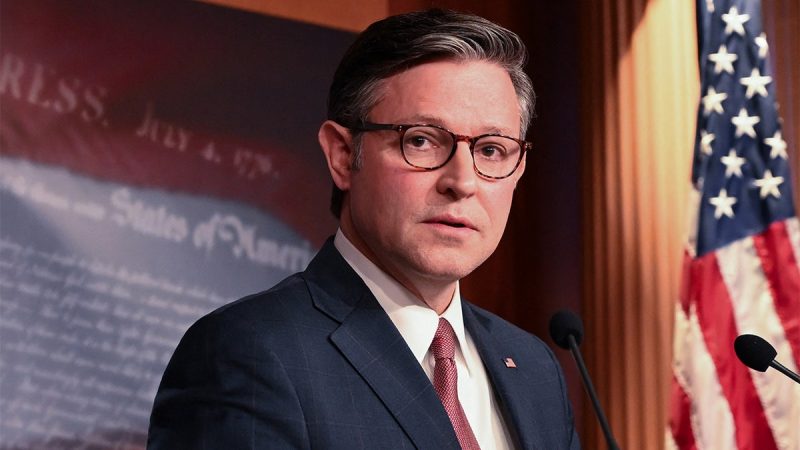We also break down next week’s catalysts to watch to help you prepare for the week ahead.
In this article:
This week’s tech sector performance
Markets opened the week subdued with investors eyeing the US Federal Reserve’s rate decision, leading to modest gains in the tech-heavy Nasdaq Composite (INDEXNASDAQ:.IXIC) and the S&P 500 (INDEXSP:.INX).
Reports of US President Donald Trump’s approval for NVIDIA (NASDAQ:NVDA) H200 chip sales to China boosted chip stocks and sustained AI enthusiasm. Tuesday’s (December 9) JOLTS report delivered data suggesting a cooling labour market amid tariff uncertainty but offering limited new clarity ahead of the Federal Reserve’s two-day meeting.
Markets rallied sharply on Wednesday (December 10) after the meeting resulted in a 25 basis point rate cut to 3.5 to 3.75 percent; however, Nasdaq gains were tempered, hinting at continued caution around AI capex sustainability ahead of earnings from Oracle and Broadcom.
Rate-sensitive areas like financials and industrials led the rally, pushing the Dow Jones Industrial Average (INDEXDJX:.DJI) ahead of the Nasdaq, which closed slightly down. This highlighted a shift from tech dominance to a more diversified market. The S&P ended up 0.21 percent at a record 6,901.
Markets interpreted Fed Chair Jerome Powell’s measured tone during his post-meeting press conference — hawkish on cuts but dovish on recession — as reinforcing a gradual easing despite tariff caution.
Gains moderated toward the end of the week as Oracle (NYSE:ORCL) and Broadcom (NASDAQ:AVGO) reported earnings that garnered a mixed reaction from investors and analysts.
Tech stocks have whipsawed in recent weeks, rallying on Fed rate cut bets and trade negotiation optimism before sharp pullbacks triggered by AI bubble fears and overvaluation concerns.
3 tech stocks moving markets this week
1. NVIDIA (NASDAQ:NVDA)
Nvidia’s shares initially surged on Tuesday (December 9) on reports that President Trump would permit H200 exports to pre-approved Chinese clients, subject to a 25 percent US federal surcharge.
However, these early gains diminished as further reports emerged that Beijing is reviewing its domestic chip prioritization strategy.
Meanwhile, companies like ByteDance and Alibaba (NYSE:BABA) are reportedly seeking large orders, pending approval. On Friday, Reuters reported that Nvidia is considering increasing H200 chip output due to robust Chinese demand. Its share price was US$175.02 at Friday’s close, a modest decrease of 4.35.
2. Oracle (NYSE:ORCL)
Oracle shares dropped over 7 percent after hours on Wednesday after the company’s Q2 earnings missed revenue forecasts, coming at US$16.1 billion compared to expectations of US$16.2 billion.
The report showed cloud sales rose 34 percent, while infrastructure revenue increased by 68 percent. Both figures were below analyst expectations of 35 and 71 percent, respectively.
Oracle shares plunged further after executives disclosed on a conference call that this fiscal year’s capital expenditure would reach around US$50 billion, higher than prior guidance, including around US$12 billion spent this quarter on data centers.
On a more positive note, some analysts viewed capex as a strategic investment, citing AI’s growth potential and pointing to Oracle’s US$523 billion backlog of deals with companies like Meta Platforms (NASDAQ:META) and Nvidia.
Oracle shares closed more than 16 percent lower this week at a price of US$189.97 on Friday afternoon.
3. Broadcom (NASDAQ:AVGO)
Conversely, Broadcom shares rose post-market on Thursday after reporting its Q4 2025 earnings results, which revealed a 74 percent increase in AI chip revenue, with custom XPUs now comprising 65 percent of its semiconductor business.
Total revenue reached US$18.02 billion year-over-year, exceeding expectations of US$17.46 billion.
Looking ahead, the company projects semiconductor revenue to double to US$8.2 billion in the next fiscal year. Q1 2026 guidance calls for US$19.1 billion total revenue.
During the earnings call, Broadcom CEO Hock Tan named Anthropic as the newly qualified fourth hyperscale, confirming its US$11 billion additional order for custom XPUs and AI racks. Shipments are expected to ramp up in late FY26.
After an initial rise, stocks fell during the call after the company guided low quarterly growth for its non-AI chips and a tax rate increase to 16.5 percent due to normalized post-acquisition tax benefits expiring.
Still, JPMorgan (NYSE:JPM) analyst Vivek Arya reset his price target on Broadcom stock from US$460 to US$500 on Friday (December 12).
Despite the positive sentiment, Broadcom shares saw a decline of 11.79 to US$359.93 from the start of the week due to Friday’s sell-off.
Broadcom, Nvidia and Oracle’s performance, December 8 to 12, 2025.
Chart via Google Finance.
Top tech news of the week
Tech ETF performance
Tech exchange-traded funds (ETFs) track baskets of major tech stocks, meaning their performance helps investors gauge the overall performance of the niches they cover.
This week, the iShares Semiconductor ETF (NASDAQ:SOXX) declined by 3.88 percent, while the Invesco PHLX Semiconductor ETF (NASDAQ:SOXQ) saw a gain of 1.31 percent.
The VanEck Semiconductor ETF (NASDAQ:SMH) also decreased by 3.71 percent.
Tech news to watch next week
Speeches from Fed Governors Stephen Miran and Christopher J. Waller on Monday (December 15) and Wednesday (December 17) next week may further clarify the Fed’s dot plot.
Bank of Canada Governor Tiff Macklem will also speak in Montreal on Tuesday (December 16), while key jobs, manufacturing and retail sales data in the US throughout the week could shift rate cut bets, pressuring growth stocks.
Earnings from Micron Technology (NASDAQ:MU) and BlackBerry (TSX:BB) will be released on Wednesday and Thursday (December 18), respectively.
Securities Disclosure: I, Meagen Seatter, hold no direct investment interest in any company mentioned in this article.








![A top Senate Republican argued that if allegations against ‘Squad’ member Rep. Ilhan Omar, D-Minn., that she married her brother to enter the U.S. were true, she’d be breaking several laws.
Sen. Ted Cruz, R-Texas, joined the long-standing scrutiny against Omar Friday after President Donald Trump revived the allegations during a rally pushing his affordability agenda in Pennsylvania earlier this week.
In a post on X responding to a White House social media account that charged, ‘Yes, [Omar] married her brother,’ Cruz listed a trio of federal and state laws the progressive lawmaker may have violated.
‘If this is true, then Omar faces criminal liability under three different statutes,’ Cruz said.
Cruz argued that Omar could have committed federal marriage fraud, which stipulates that it is a felony to knowingly enter into a marriage to evade immigration laws, and could lead to up to five years in prison, a $250,000 fine and deportation.
Omar was born in Somalia and came to the U.S. in 1995 after her family was granted asylum. She became a citizen in 2000. Omar, who is Muslim, has been married legally three times, first in a religious marriage to Ahmed Abdisalan Hirsi in 2002, then to Ahmed Nur Said Elmi in 2009 before later divorcing and legally marrying Hirsi. In 2020, she married political aide Tim Mynett.
Cruz noted that Omar could also be breaking Minnesota’s state incest law, a felony in the state punishable by jail time up to 10 years. He also contended that she could be liable for tax fraud, specifically if joint tax returns were filed while she was not legally married.
That violation would levy up to a $100,000 fine and up to three years in prison.
The Senate Republican’s legal analysis of the situation comes after Trump resurrected the unsubstantiated claims that Omar had married her brother for immigration purposes that have dogged the lawmaker since she entered politics nearly a decade ago. She has denied the allegations.
Still, Trump charged, ‘She married her brother to get in, right?’
‘If I married my sister to get my citizenship, do you think I’d last for about two hours or something less than that? She married her brother to get in,’ he said. ‘Therefore, she’s here illegally. She should get the hell out.’
Fox News Digital did not immediately hear back for comment from Omar’s office.
This post appeared first on FOX NEWS Cruz says Rep Ilhan Omar could face jail time, deportation if marriage allegation proves true](https://investmentjourneys.com/wp-content/uploads/2025/12/omar-cruz-split-800x450-1.jpg)

